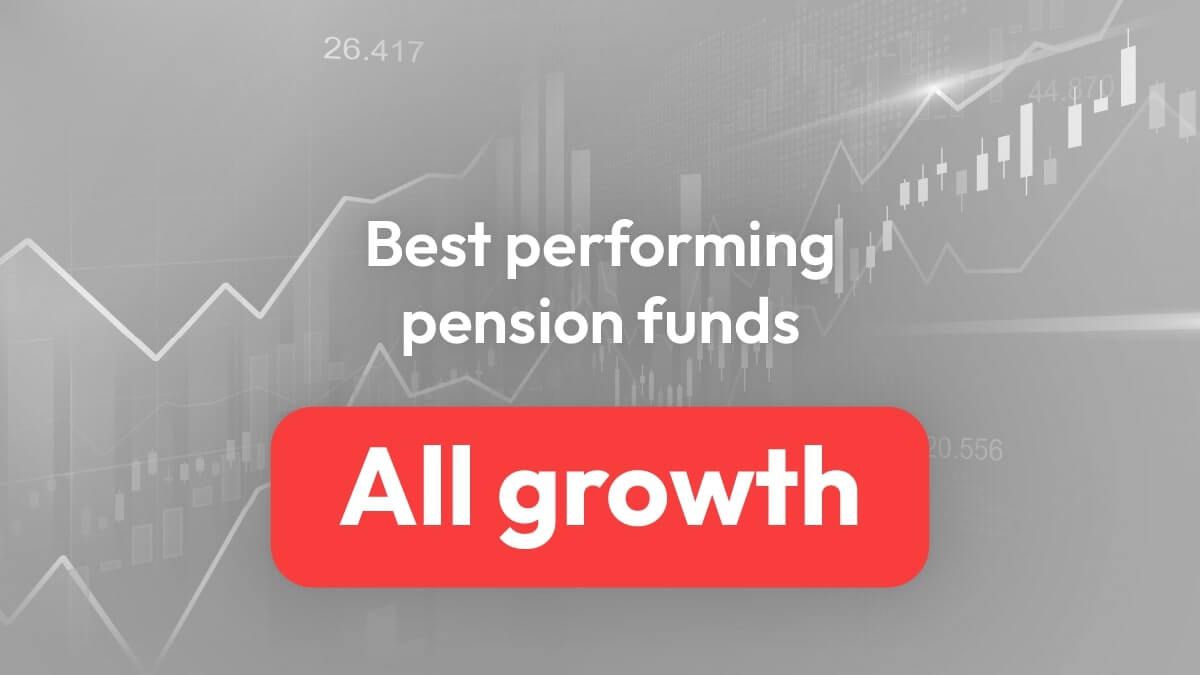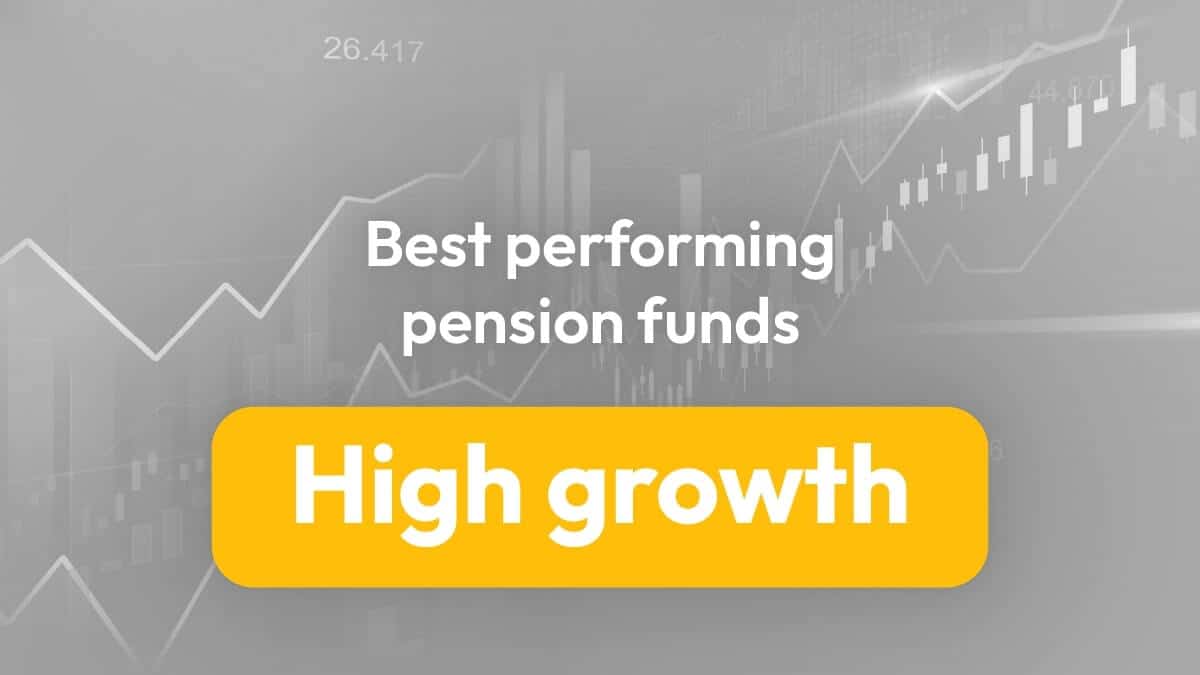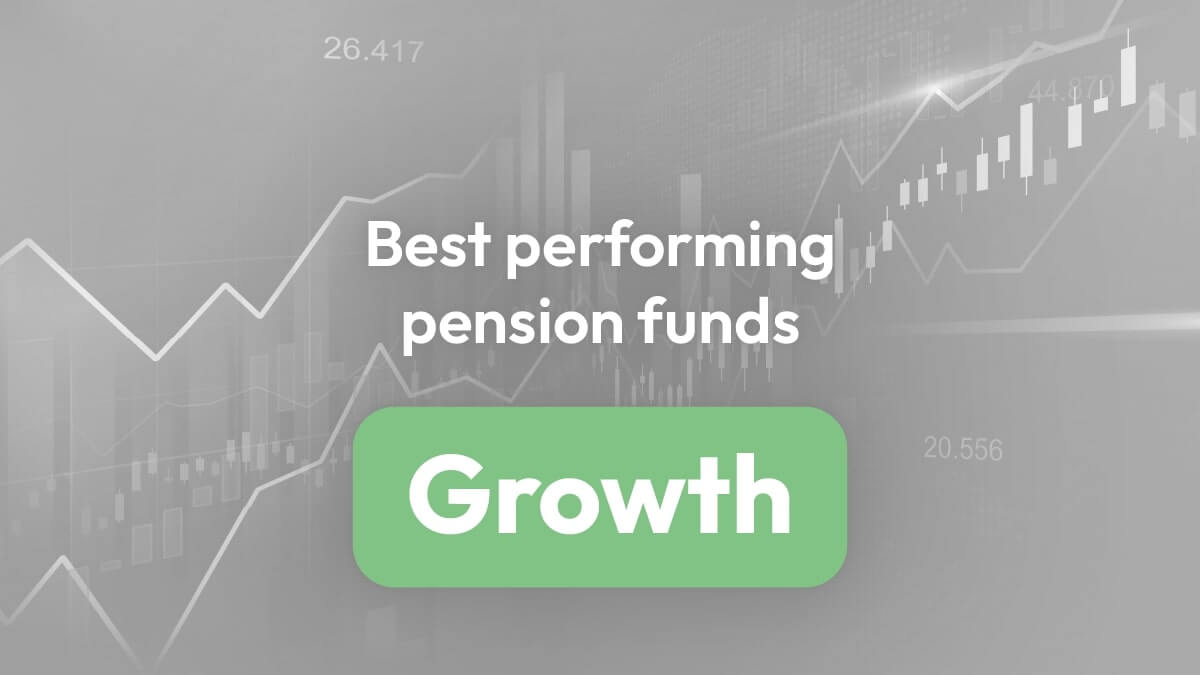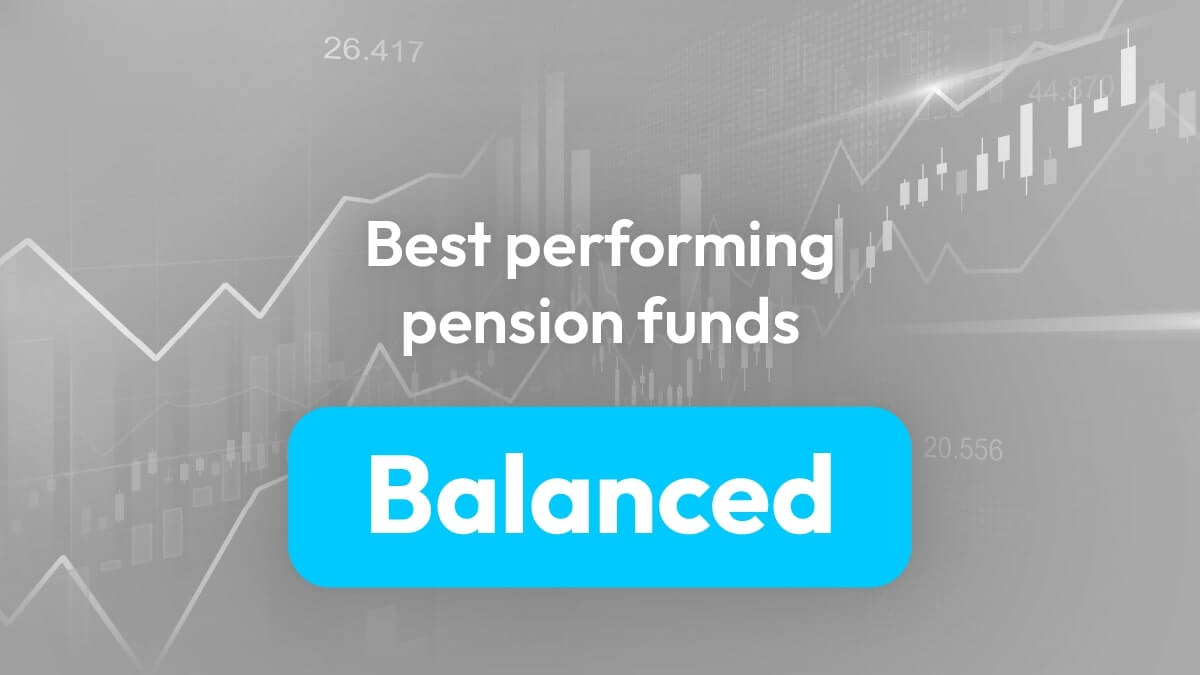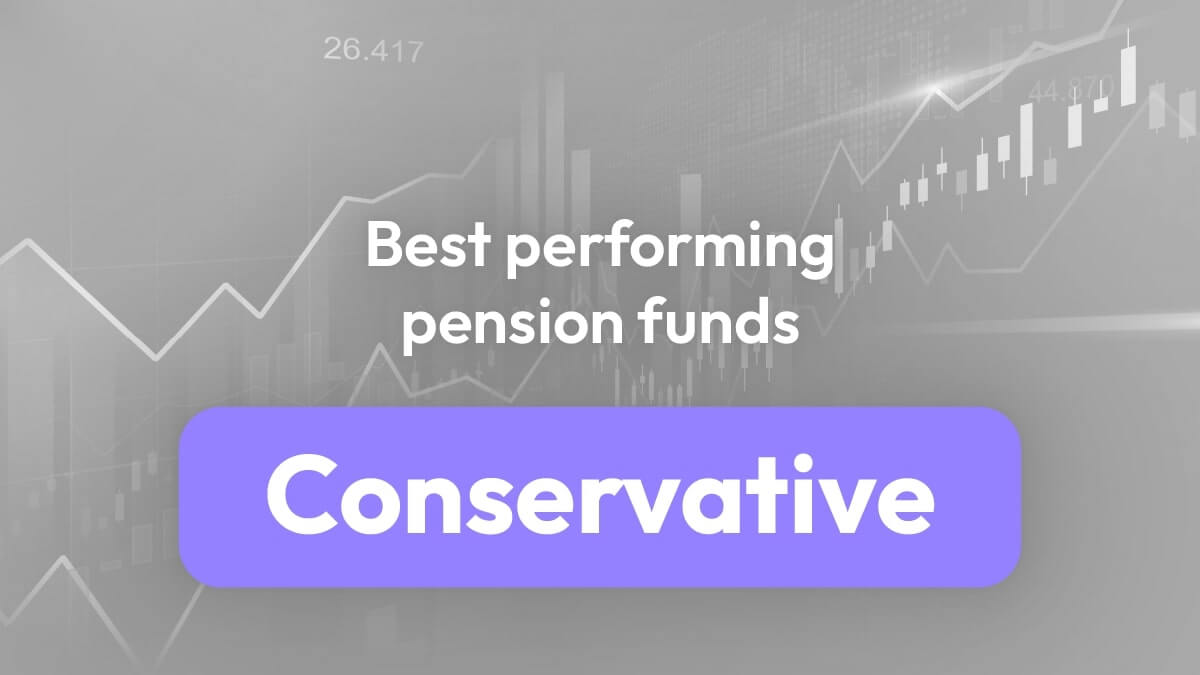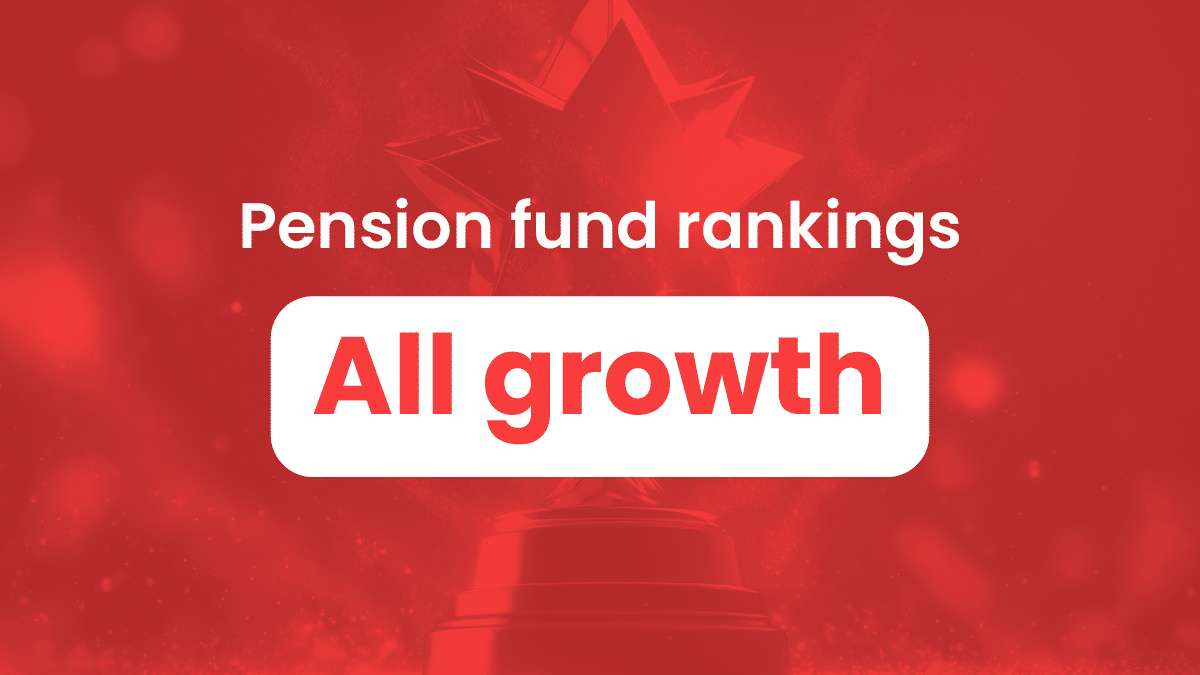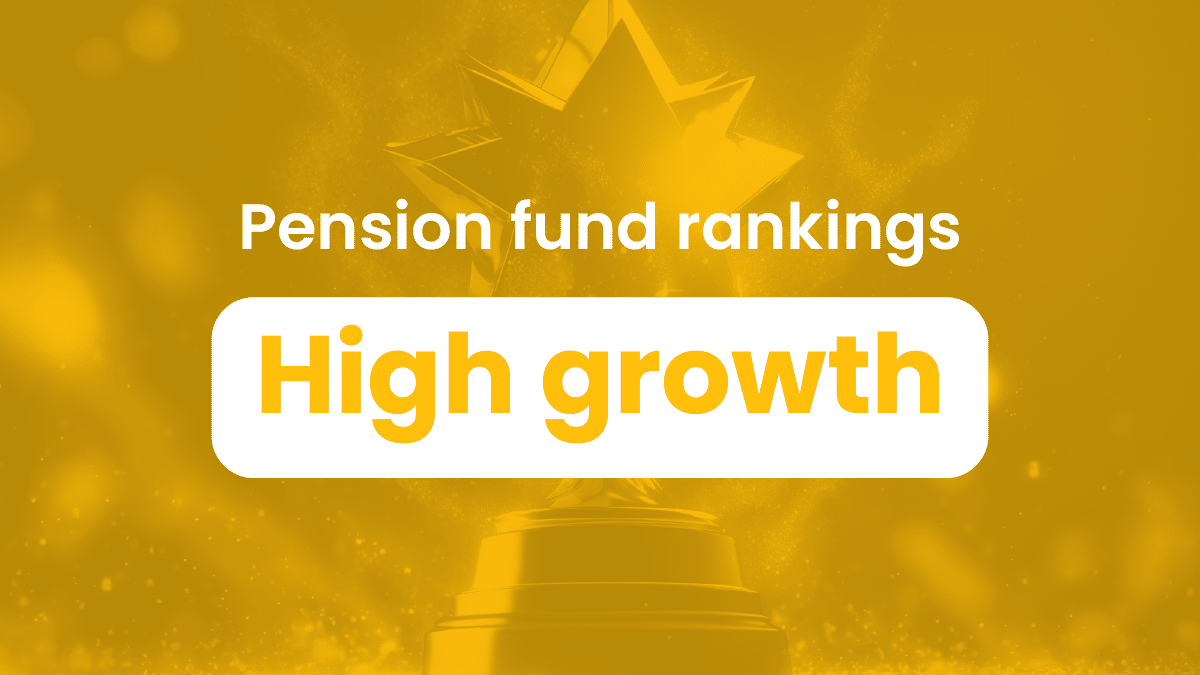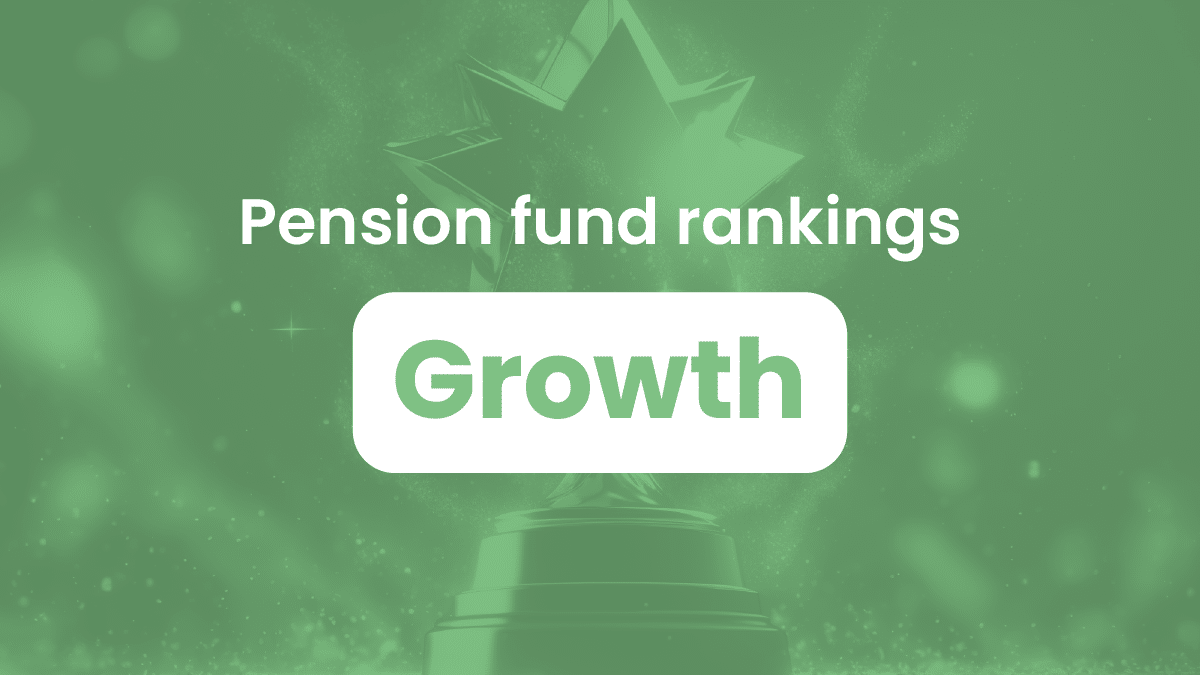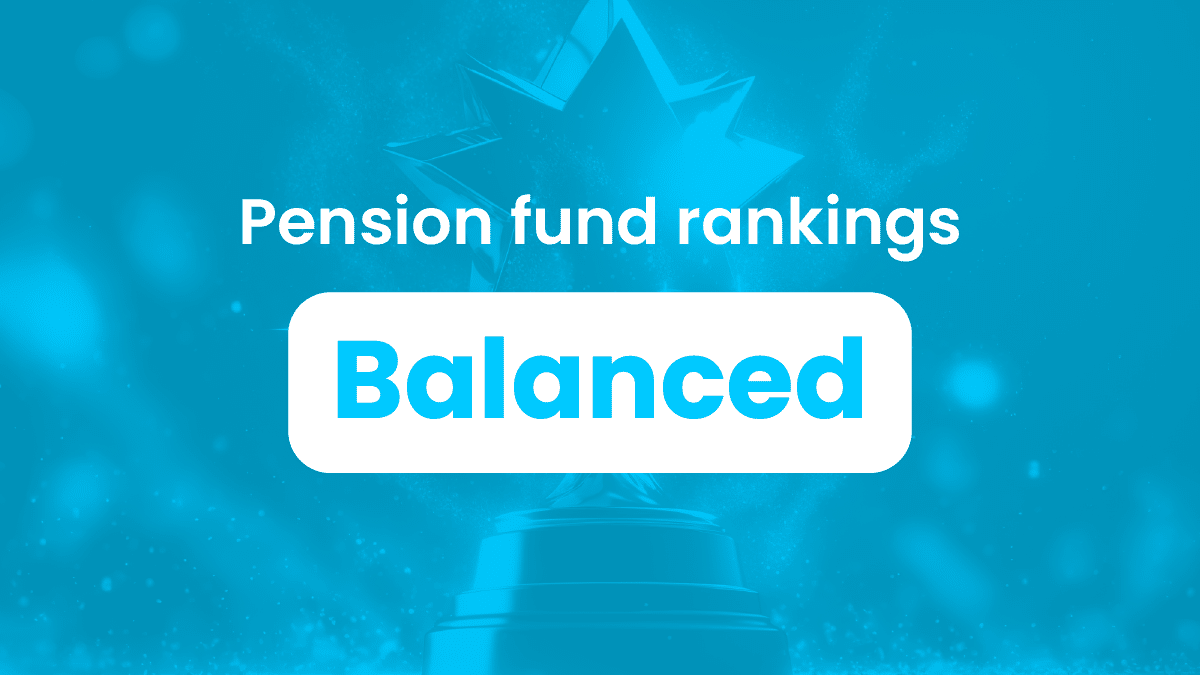Best performing pension funds
According to the 10/30/60 Rule, 60% of your retirement income comes from the investment returns you achieve during your retirement. While this rule originated from a US study, the principle holds broadly true for Australian retirees and underlines how important it is to continue to earn a good investment return in your retirement years.
During our working years, most Australians pick a balanced or growth super fund, with between 60% and 80% of their money invested in growth assets such as shares and property.
However, as people near or reach retirement, capital preservation becomes an important consideration. At this age and stage of life it is generally advised to reduce the percentage of growth assets in your investment portfolio to reduce risk. This is to limit what is called sequencing risk, or the risk of a bad year early in retirement adversely impacting the total amount of income available to you over the course of your retirement.
This is also the logic behind lifecycle super funds, which automatically reduce the percentage of growth assets in your account as you age. For example, lifecycle funds for people who were born in the 1990s on average have 88% of the money invested in growth assets, whereas those born in the 1950s may have 45% invested in growth assets.
Retirees with a super pension do get a boost, even if they reduce risk and thereby returns, because there is no tax on investment earnings in retirement phase. In accumulation phase (essentially while you are working), your super fund’s investment earnings are taxed at 15%.
Important: When super and pension performance tables are published in the media, it’s important to note that they are generally only listing super investment options in a single risk category. Most often this covers super investment options that are classed as ‘balanced’ or ‘growth’ which generally means they have 60-80% invested in growth assets. For pension this generally covers investment options that are classed as ‘conservative’ or ‘capital stable’ which generally means they have 20-40% invested in growth assets
SuperGuide publishes performance tables for pension funds for 5 risk categories (All Growth (96-100% growth assets), High Growth (81-95% growth assets), Growth (61-80% growth assets), Balanced (41-60% growth assets) and Conservative (21-40% growth assets)), which make it easy to compare pension funds that are invested with a similar risk profile.
Top 10 performing pension funds (Balanced)
The table below shows the top 10 balanced pension options (41-60% growth assets) ranked by 10 year return (up to 31 December 2024).
| Pension fund | Investment option | Return |
|---|---|---|
| Australian Retirement Trust | Conservative Balanced | 7.3% |
| Vision Super | Balanced | 7.3% |
| AustralianSuper | Conservative Balanced | 7.1% |
| Hostplus | Conservative Balanced | 7.1% |
| Cbus | Conservative Growth | 6.9% |
| CSCri | Balanced | 6.7% |
| TelstraSuper | Lifestyle Moderate | 6.7% |
| Aware Super | Conservative Balanced | 6.7% |
| GESB | Balanced | 6.6% |
| Qantas Super | Balanced | 6.6% |
Source: Chant West. The top 10 is limited to Growth options with assets of $1 billion or more. Performance is shown net of investment fees and tax, and before administration and adviser commissions.

